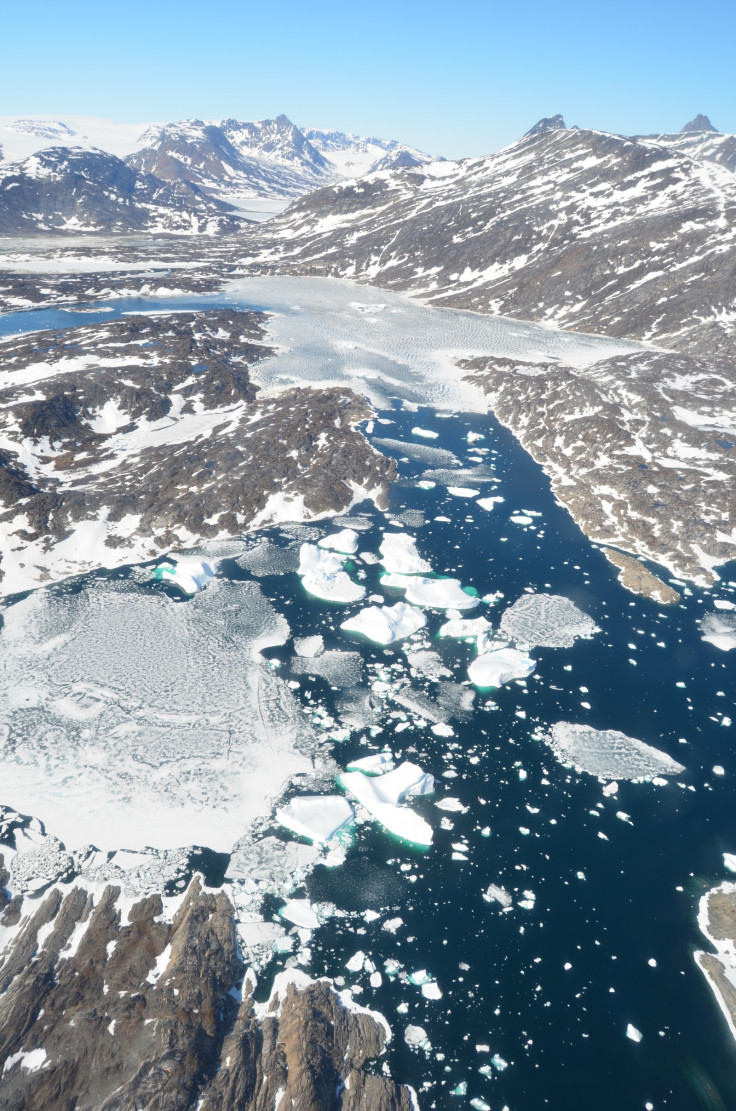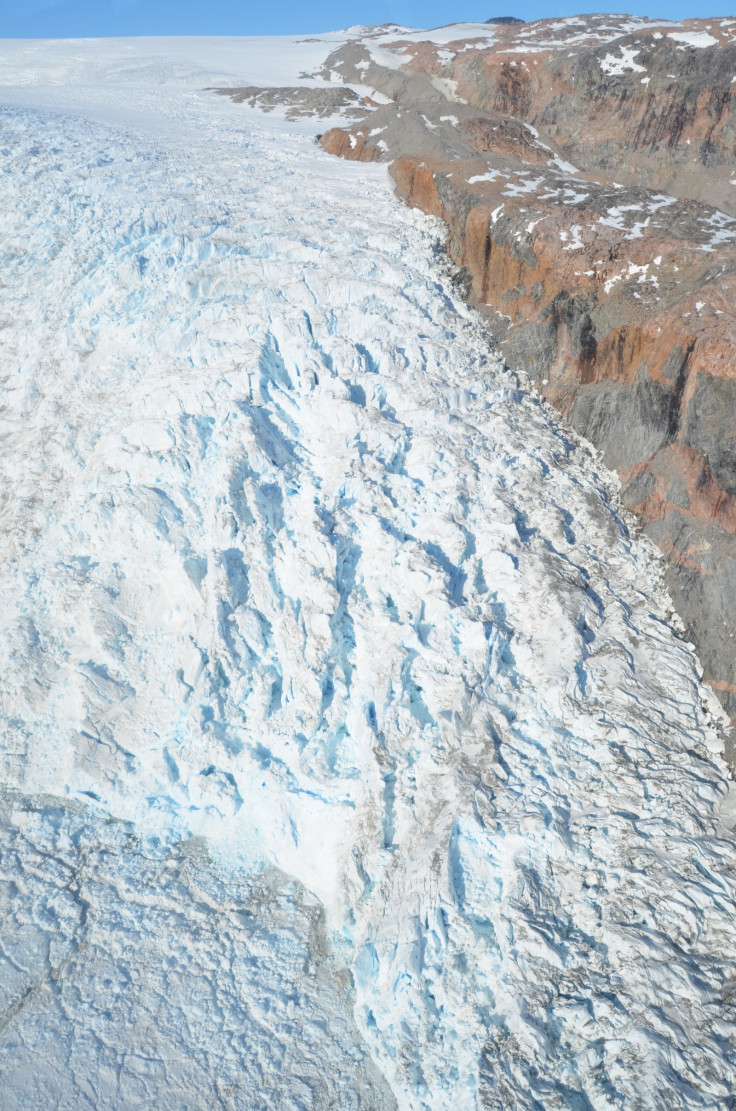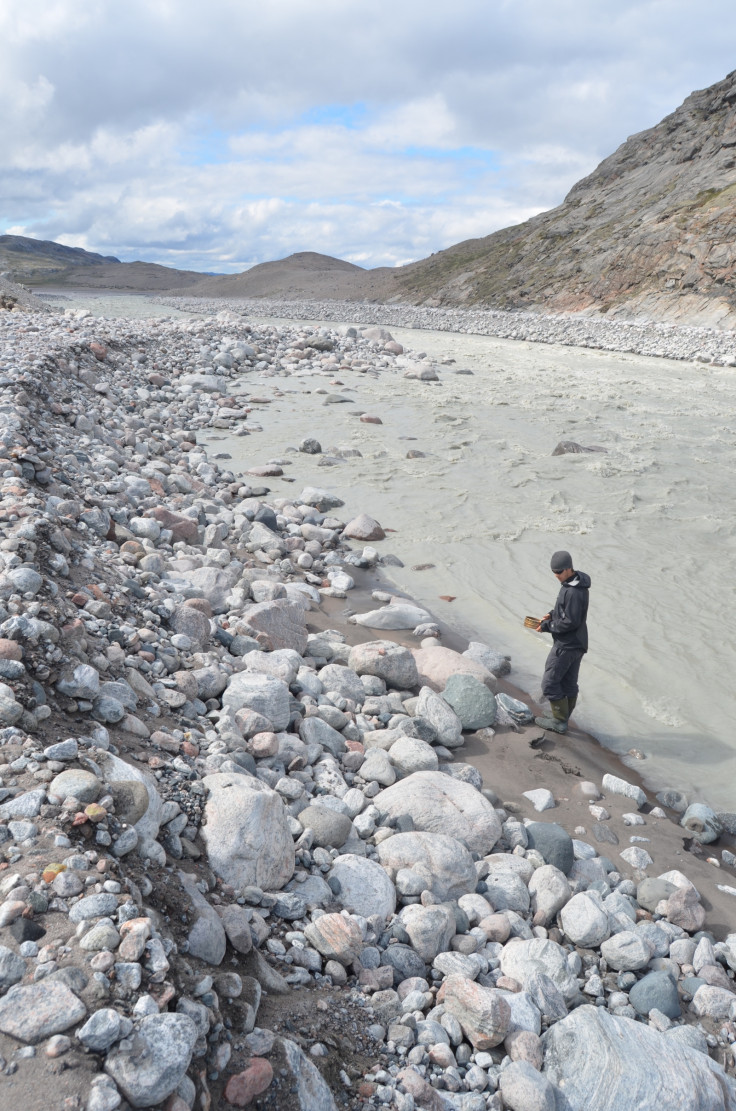Greenland's ice sheet once did a vanishing trick that lasted 280,000 years
In the Pleistocene period, small ice caps at the easternmost edges of the country were the only ones to survive.

Two studies this week on the history of Greenland's ice sheet, home to the some of the world's fastest-melting glaciers, have found that at least once almost the whole country was laid bare of ice for hundreds of thousands of years.
The pair of studies are published together in the journal Nature. The first, led by Joerg Schaefer of the Lamont Doherty Earth Observatory in the US, finds that the Greenland Ice Sheet almost completely vanished at least once in the past 2.6 million years.
The second, led by Paul Bierman of the University of Vermont, finds that parts of the ice sheet hung on throughout that period at the very east of the ice sheet.
Written in the rocks
Both of the studies looked at isotopes that form in rock when it is exposed to cosmic rays – the isotopes only form when the rock is not covered by an ice sheet. This can allow analysis to find when there was ice or not in a given region judging by how much of the isotopes are present.
Schaefer's study found that up to 90% of the ice sheet vanished looked at isotopes of the elements beryllium and aluminium in rock that lies underneath the heart of the present-day ice sheet. To get the levels of the isotopes observed, they calculated there must have been a period of at least 280,000 years during the Pleistocene era when the rock was not covered by ice.

To get the rocks, the team used an ice core that was dug in the early 1990s in the middle of the Greenland Ice Sheet at its thickest point. If the rock in this old and central part of the sheet was ever laid bare, about 90% of the ice sheet must have vanished.
Bierman's study that found the ice sheet had not vanished in the east looked at the same isotopes but in sediment at two locations at the eastern edge of today's ice sheet – one in the middle of the eastern coast and one towards the south. At both sites, the levels of isotopes showed that erosion from glaciation had been more or less continuous for about the past 7.5 million years.
These findings suggest that ice caps must have been preserved in the east, although ice cover may have been lost elsewhere.

Putting the pieces together
Some glaciologists think that the results are not easily reconciled with each other. Neil Glasser of the University of Aberystwyth writes in Nature: "The findings [of the two papers] can perhaps be reconciled, but that would require glaciologists to have a major rethink about current theories of ice-sheet behaviour."
However, Schaefer told IBTimes UK that the conflict between the studies is imagined. "There is really no conflict – we also believe there was always some ice left. There was still some small ice cap in the eastern highlands, which were probably always ice-covered."
Next Schaefer and his colleagues plan to take rock samples under the ice sheet in the south-west of Greenland, to see whether they show signs of being ice-free for long periods during the Pleistocene.

© Copyright IBTimes 2024. All rights reserved.






